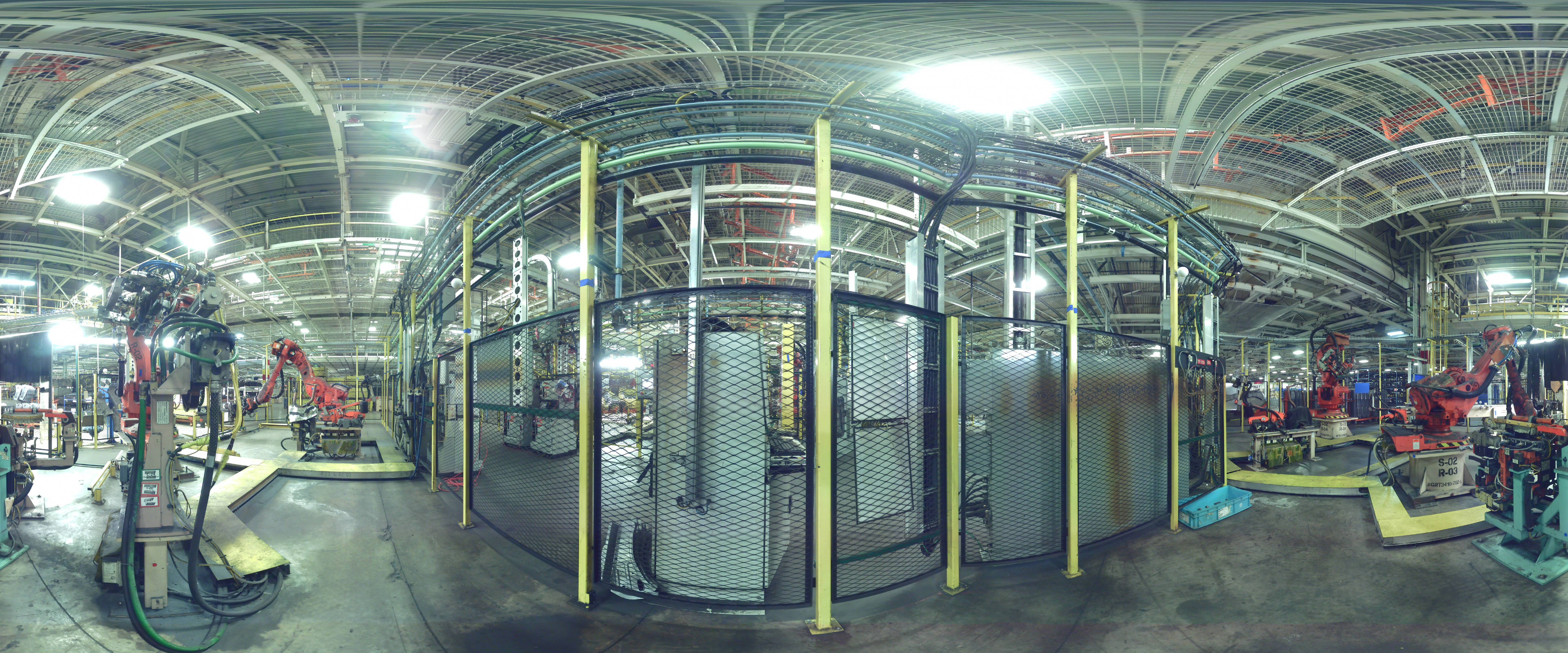Digital Design Engineering

Whether you’re capturing measurements for manufacturing, buildings, paint shops, deep underground treatment plants, or a simple home renovation, the process has always been the same: Manual processes and 2D drawings would be marked up in the field and taken back to the office to be translated into AutoCAD files at a later date. This process is slow and leaves much room for error. The larger the area being reworked, the larger the task is to capture the “as is data”.
At Design Systems, Inc., we have a group of engineers working with laser scanning technology to capture as-built data for our internal engineering groups as well as our customers. The speed, accuracy and amount of data captured is unmatched by any other technology.
Laser scanning allows scans taken in the field to be captured and sent back to the engineering office in real time, which ensures engineers using the data have the information they need before the field engineers leave the site. This technology has allowed us to expand our footprint from regional to global while controlling costs and maintaining tight engineering schedules. As engineers and designers look to further improve processes, laser scanning will become as common as tape measures are today
Applications
- Facility Design
- Factory Layouts – 2D & 3D
- Field Checking
- Historic Preservation
- Surveying
- Reverse Engineering Applications
- Building Renovation
- As-Built Drawings
- Clash Detection
- Cross Section Creation
- Training
- Technical Support
Software Deliverables
- 2D / 3D Drawings
- 3D CAD Models
- 3D BIM Models
- 2D / 3D Install Drawings
- Fly-Through & Renderings
- Point Cloud Consulting & Training
- 2D / 3D Bid Package Creation
“BOTTOM-LINE” RESULTS
- Risk Mitigation: Incomplete or incorrect as-built documentation. Improves project timing and budget planning.
- Clash Detection: In plants this is critical to successful projects, locating upfront interferences will cut down on costly change orders.
- Regulatory: Creation of “as-built” and “as-maintained”.